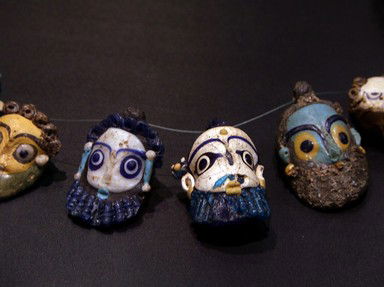Quiz Answer Key and Fun Facts
1. Phoenicia is an exonym - that is, a name used by outsiders to denote a place, a group or a language. By what ethnic name did the people known as Phoenicians refer to themselves?
2. What kind of organization, also common in Ancient Greece and medieval Europe, did Phoenician society have?
3. The Phoenicians built an extensive trade network that spanned the whole of the Mediterranean region. This was made possible by their unsurpassed skill in what craft?
4. The title of this quiz refers to three of the most important commodities traded by the Phoenicians. From what part of the known world, home to the earliest known winery, did Phoenicians very probably learn the art of viticulture and winemaking?
5. Many of the colonies founded by the Phoenicians in the Mediterranean region grew into important centres. Two of these cities, known in Roman times as Caralis and Panormus, went on to become regional capitals. On which two large Mediterranean islands are they located?
6. Greek historian Herodotus credited a dragon-slaying Phoenician prince with bringing the Phoenician alphabet to Greece. What was the name of this hero, the founder of Thebes, who also has a chemical element named after him?
7. Though there is no archaeological evidence for it, a number of sources suggest that the Phoenicians may have reached the British Isles in order to acquire what metal, needed to make bronze?
8. Like most other ancient civilizations, the Phoenicians practiced a polytheistic religion. Which of these was a Phoenician goddess presiding over love, fertility and war?
9. In various sources, including the Bible, it is mentioned that the Phoenicians (and later the Carthaginians) practiced human sacrifices in places called "tophet". What kind of people were the victims of these sacrifices?
10. Starting from the 9th century BC, Phoenicia fell under the sway of various neighbouring powers. From 539 BC to 332 BC, Phoenicia was a province of the large Achaemenid Empire, based in what present-day country?
Source: Author
LadyNym
This quiz was reviewed by FunTrivia editor
trident before going online.
Any errors found in FunTrivia content are routinely corrected through our feedback system.
